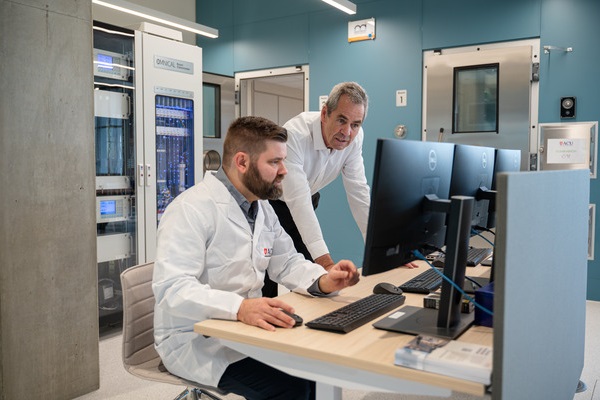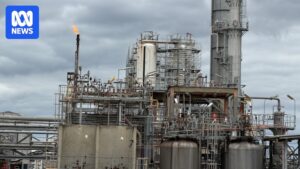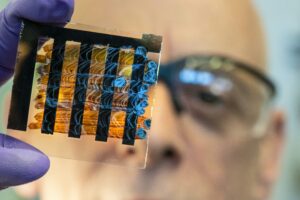
We have long understood that regular exercise builds muscle, strengthens the heart, and elevates mood. However, a groundbreaking paper reveals that the benefits of physical activity extend much further. Exercise not only enhances the body but also fundamentally rewires it at a molecular level, reshaping how our systems function internally.
Published in the esteemed journal Nature Reviews Endocrinology, this new study by leading researchers from the Australian Catholic University (ACU), Professor John Hawley and Dr. Nolan Hoffman, unpacks two decades of progress in human exercise metabolism. The paper illuminates the complex molecular networks that underpin the extensive health benefits of physical activity, offering a blueprint of landmark research from the past 20 years and outlining key future research directions that could revolutionize our understanding and utilization of exercise for disease prevention and treatment.
Exercise as Medicine: A Paradigm Shift
Professor John Hawley, a world-renowned expert in exercise bioenergetics and the director of ACU’s Mary MacKillop Institute for Health Research, emphasizes the potential of exercise as a powerful biological intervention. “Exercise is not just about physical performance, but a powerful biological intervention that affects our health at the deepest molecular level,” Professor Hawley stated.
He further explained that for chronic conditions such as heart disease, obesity, and type 2 diabetes, these findings suggest a future where exercise is integrated into healthcare as a form of preventive medicine. This development represents a significant shift in how exercise is perceived within the medical community.
Mapping Molecular Blueprints
In their paper, Professor Hawley and Dr. Hoffman discuss how advancements in molecular biology approaches and new omics-based technologies have enhanced our understanding of exercise’s impact at the molecular and cellular levels. “Twenty years ago, we knew exercise was beneficial for metabolic health, but we didn’t know much about the complex molecular networks underlying these health benefits,” Dr. Hoffman remarked.
Research over the past two decades has begun to map these molecular blueprints of exercise, identifying thousands of molecules activated during different modes of physical activity, such as endurance versus strength training. This has increased our understanding of how these molecules interact and contribute to the health benefits of exercise.
Key Studies Shaping the Field
The researchers highlight three pivotal studies that have shaped the field, each revealing new layers of complexity in how skeletal muscle and molecules in the bloodstream respond to exercise. Dr. Hoffman noted, “They show that exercise triggers a specific timeline of genes and proteins in muscle, orchestrates metabolic and immune systems in the bloodstream, and releases molecular ‘packages’ into the circulation that communicate with various cells and organs around the body.”
These studies demonstrate that exercise’s effects extend far beyond just muscle contraction, fundamentally altering how we perceive the molecular puzzle of exercise.
Future Directions and Implications
Looking ahead, there is significant potential to use molecular biomarkers identified through this research to predict individual responses to exercise based on genetic and metabolic profiles. This could aid in delaying, treating, or preventing obesity and other cardiometabolic conditions.
At ACU’s Melbourne campus, this research is supported by cutting-edge instrumentation, including the human metabolic chamber—the only one of its kind in the southern hemisphere. This newly opened facility allows researchers to conduct precise studies on energy expenditure and metabolic responses, contributing to the growing body of research on human exercise metabolism.
The implications of this research are profound, suggesting a future where exercise is not merely a lifestyle choice but a cornerstone of medical treatment and preventive care. As the understanding of exercise’s molecular impact continues to evolve, it holds the promise of transforming healthcare practices worldwide.





